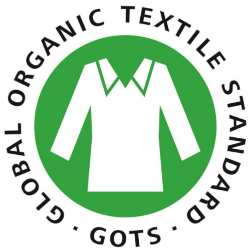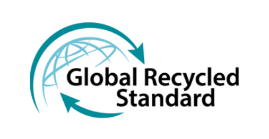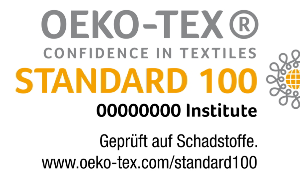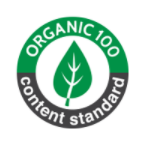Greenwashing in Fast Fashion: Is There a Way Out?
Some time ago we shared a blogpost about greenwashing in fast fashion, focusing on the case of a Chinese brand called Shein. This post focuses on whether a world without greenwashing is even possible and what kind of policies should be in place to prevent greenwashing on scale.
A world without greenwashing is possible
Individuals role in circular economy is to decide where to put your money. So, what are the key steps to banish fast fashion?
- The composition of the clothes
The first thing to look at to make shopping eco-responsible: the composition of the clothing. Avoid synthetic clothes – they are made of plastic (nylon, polyester) and our current technology does not allow us to recycle them, even more so when it is a mixture of materials. Viscose is also an artificial material although made of wood, there are toxic solvents added that end up in the soil or in water.
- Beware of «made in»
Words like “made in” or “manufactured in” are most important because they refer to the place where the textile production has most impact. Sometimes ‘designed in’ is used to add value to the product but design is only pattern-making and says little about the product.
- The brand name doesn’t mean anything
Just because it has the word “Parisian” in the name does not mean it is made in Paris. It is only a marketing tool.
- The preferred labels:
The Clear Fashion app has built an independent evaluation method with the goal of informing consumers about the human, environmental, health and animal impact issues of brands and clothing. This allows the consumer to do some research themselves if they wish. It is important to look whether the brand has been certified by one of these labels and which ones. Indeed, many brands do not hesitate to award themselves their own label or to simply use the graphic codes of ethical fashion.
The list of labels is very long, so here is a small selection of the main eco-responsible labels to know before shopping:

On a social level, GOTS also requires compliance with the conventions of the International Labour Organization (decent wages, proper health and safety conditions, collective bargaining, etc.), as well as the abolition of forced labour, the prohibition of child labour and the improvement of working conditions.
From a health point of view, this label prohibits the use of toxic products for humans and the environment: such as heavy metals, endocrine disruptors, GMOs or nanotechnologies.
Finally, the GOTS label ensures a quality control of the finished products, and more particularly their resistance to washing, rubbing or perspiration in order to ensure their longevity in a fashion industry too often governed by programmed obsolescence.



Bluesign aims to bring together chemical suppliers, fabric manufacturers and fashion brands in order to promote a healthy supply chain and textile production (rejection of toxic and carcinogenic substances), environmental (energy and water limitation, responsible waste treatment, CO2 emission) and social affairs (in respect to the international labour convention) under the control of the Société General de Surveillance. However, this eco-responsible label does not take into account the cultivation of cotton.


Policy work for preventing greenwashing
To move towards circular economy, individually, we can all make conscious decisions. But there are roles and responsibilites on every level. We cannot expect people to be aware of all the traps. Our leaders must change their approach too. They can demand the brands to ensure transparency from the beginning of the production chain up to the moment of sale. Although it is not always easy.
The European deputy Raphael Glucksmann explains that the fast fashion giants take advantage of a huge legal vacuum, where nothing obliges them to publish their data. They can therefore ignore the fact that they use child labour or forced labour of Uyghurs. There is no legislation that requires them to be transparent. The EU Sustainable Finance Taxonomy – an investor’s guide that defines green investments – is intended to be the EU Commission’s keystone regulation underpinning the sustainable finance pillar of the EU Green Deal. The taxonomy can prevent some of the greenwashing but it is in no means yet perfect.
Brands must be held accountable for the impact their business operations generate – also on the level of their subcontractors. One instrument to find a balance between ethical and non-ethical production could be an ecological tax. Such a tax would tax the impact on the environment and generate a fair price that would reflect in the value of the product. Products that cause irreversible damage and can not be kept in the circular economy material loops, should be banned altogether (such as many plastic-based materials and other products that are harmful to the environment). We need strong measures to respond to this climate emergency.
Now that you’ve reached to the end of the article, you have found key points and steps to take into account the next time you are shopping for clothes. And don’t worry: once you have found responsible stores and retailers that you like, the hardest part will be done!
This blogpost was researched and put together by our trainee Candice Bozec from France.
« Previous post
Greenwashing in Fast Fashion: The Case of Shein